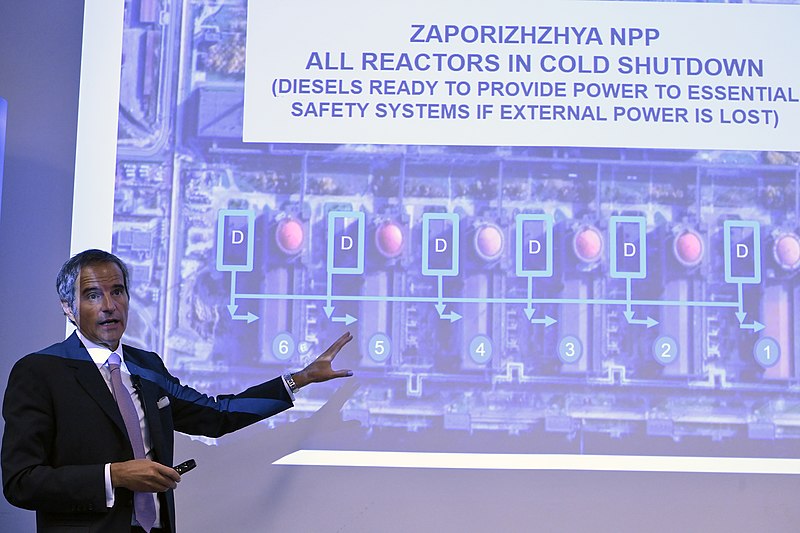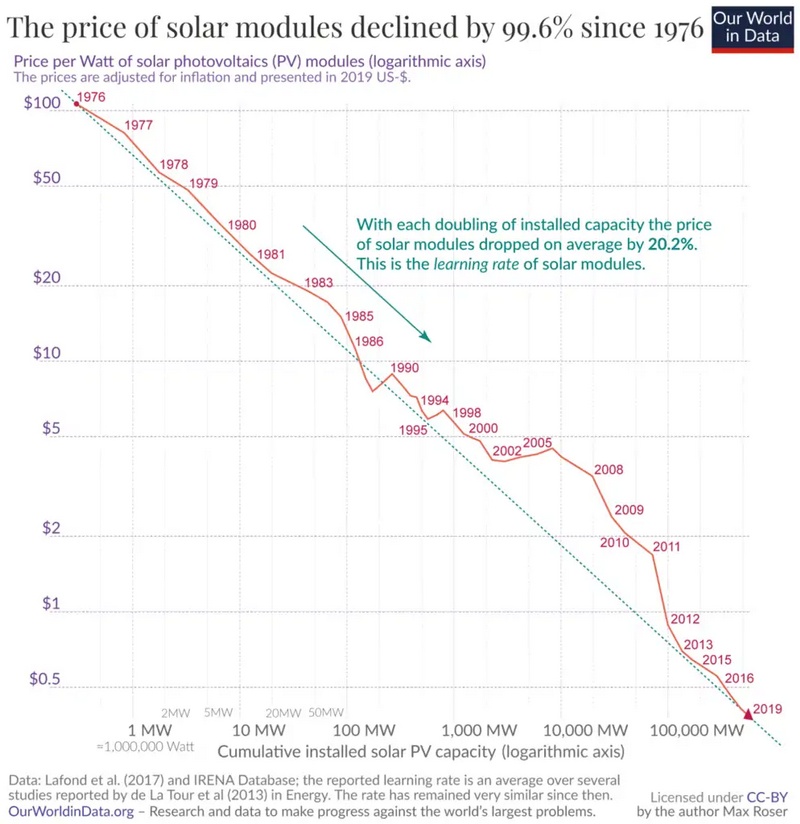October 8 NEC Energy News
¶ “Zaporizhzhia: How Deteriorating Conditions At The Nuclear Power Plant Could Lead To Disaster” • Even when all reactors at the plant are shut down there is a risk of a major nuclear incident, as the plant requires permanent cooling. Furthermore, other factors exacerbate the fragility of the situation at the Zaporizhzhia NPP. [Bulletin of the Atomic Scientists]

(IAEA Imagebank, CC-BY-SA 2.0)
¶ “World Aviation Agrees ‘Aspirational’ Net Zero Plan” • At a Montreal meeting, the International Civil Aviation Organisation pledged to support an “aspirational” net zero aviation goal by 2050. The plan was accepted by the 193 countries that are members of ICAO. However green groups say the deal is weak and not legally binding. [BBC]
¶ “Barge Traffic Halted On Mississippi River By Lowest Water Levels In A Decade” • The lowest water levels in the Mississippi River in a decade, caused by a severe Midwest drought, have closed the vital channel to barge traffic at a crucial time of the year for the transport of crops from the nation’s heartland. Very limited traffic could reopen soon. [CNN]
¶ “Solar Is Now The Cheapest Energy In History” • Thanks to incrementally better technology, panel design, and scale of manufacture, solar panels have become incredibly cheap. In the past decade alone, their price per unit of generated energy has fallen by 85%, so much so that multiple reports consider solar to be the cheapest energy ever. [ZME Science]

¶ “Bucknell University Celebrates Installation Of 1.76 MW Solar Array” • Bucknell University and Encore Renewable Energy of Burlington, VT, have hosted a public dedication of their new 1.76 peak megawatt solar array, developed by Encore Renewable Energy, which will move Bucknell closer to achieving its climate neutrality goals. [Renewable Energy Magazine]
¶ “Fourteen Times More Methane Leaking From Gathering Lines Than EPA Estimates” • Enough methane gas leaks from pipelines between Permian wellheads and processing facilities to power 2.1 million homes, a study published in Environmental Science and Technology Letters finds. At 213,000 metric tons, it is 14 times higher than a previous EPA finding. [CleanTechnica]
For more news, please visit geoharvey – Daily News about Energy and Climate Change.
